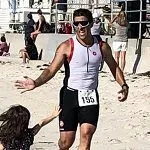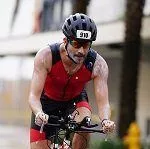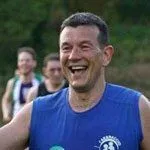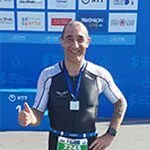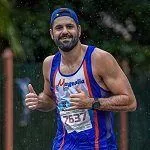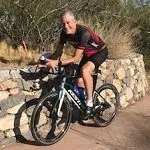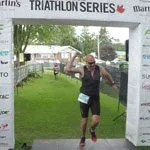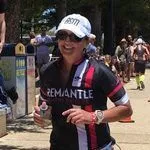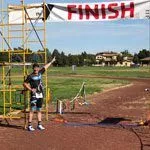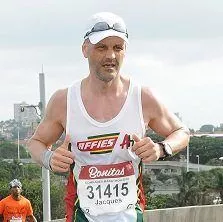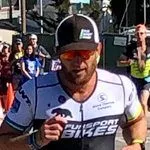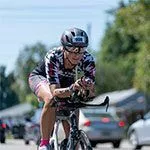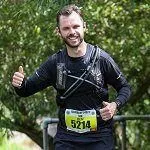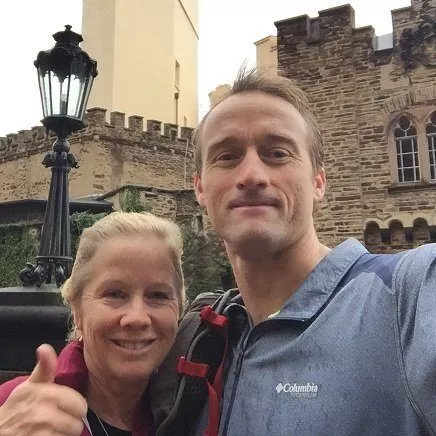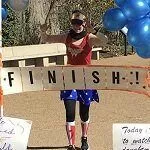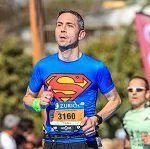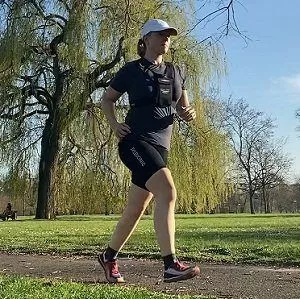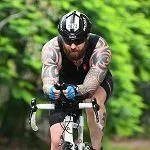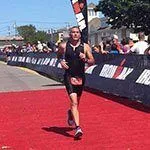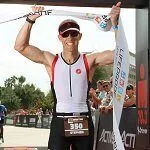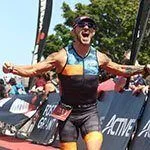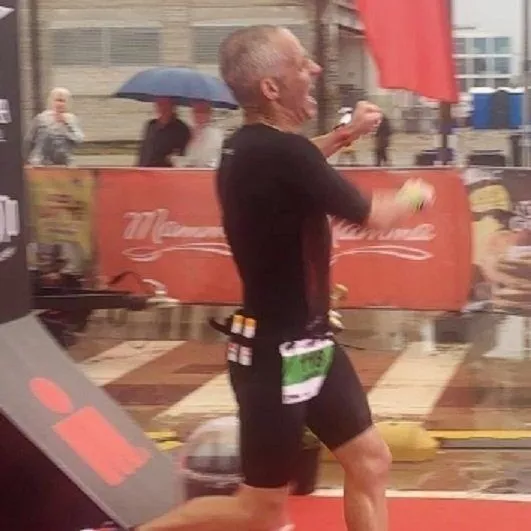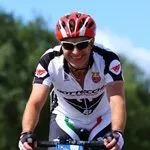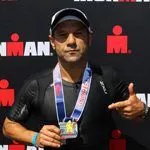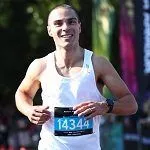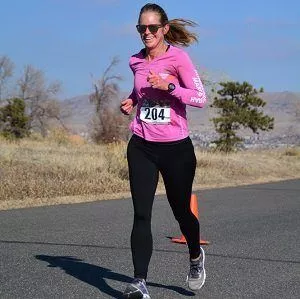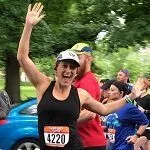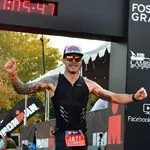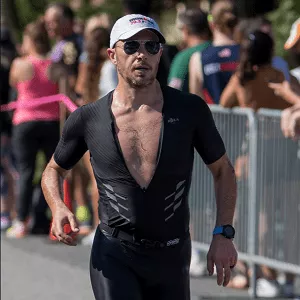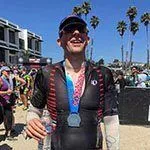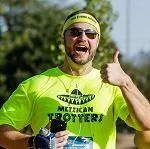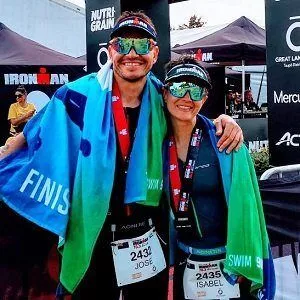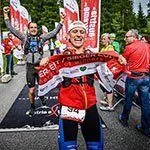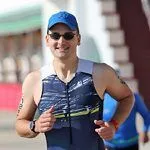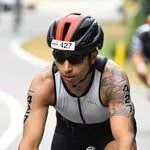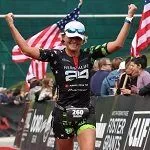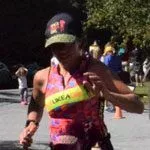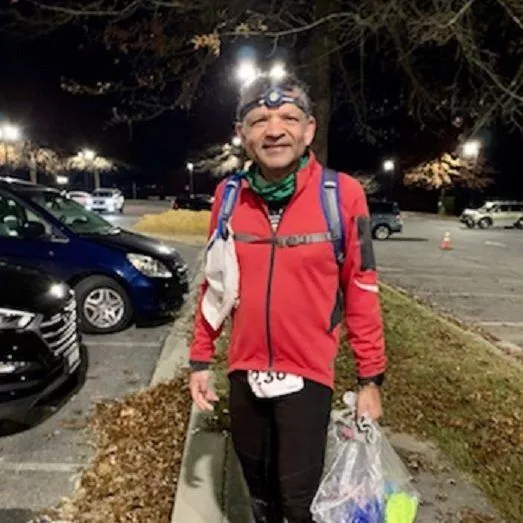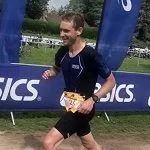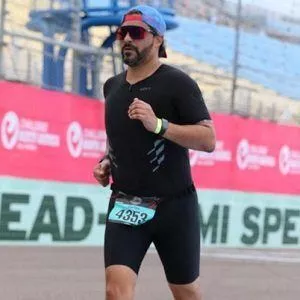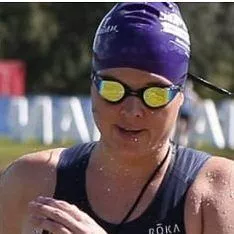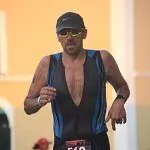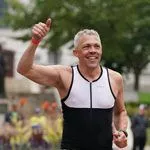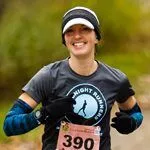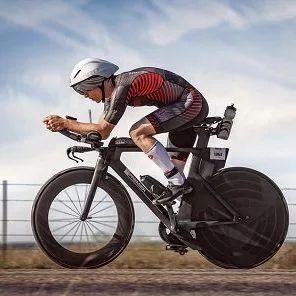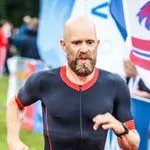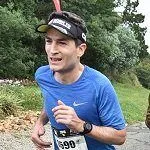Understanding Your 80/20 Mobility Plan
by Matt Fitzgerald
Mobility is the ability to perform athletic movements without restriction. As such, mobility is an important contributor to endurance training and fitness development. Adding a good mobility routine to your training regimen will enable you to move more freely, which may in turn enable you to swim, bike, and/or run more comfortably and to better tolerate your endurance training. Aside from these potential benefits, executing a properly designed mobility session simply feels good, facilitates recovery, and serves as a systems check of the musculoskeletal system, highlighting limiters that might otherwise go noticed.
Designed by A.J. Greg, MS, DC, CSCS, our 80/20 Mobility Plans are intended to complement our endurance plans in a practical, flexible way. At present we offer general mobility plans for runners and triathletes as well as targeted mobility plans for the feet and ankles, glutes and hamstrings, quads and hip flexors, the shoulders, and the spine. The general mobility plans come in three levels. Level 1 is intended for athletes who aren’t currently doing regular mobility work, while Levels 2 and 3 are for those who want to build on the work they’ve done. Because mobility and fitness are not necessarily at the same level for each athlete, your general mobility level is not necessarily aligned with an 80/20 training plan level (Level 0 to 3). Choose a general mobility plan that meets the criteria listed above, which may be a lower or higher level than your primary 80/20 training plan. All of the plans are eight weeks in length, with three sessions scheduled per week, each session requiring 15 to 20 minutes to complete. The programs are progressive in nature, with stretch holds and rep counts gradually increasing every other week.
Complete all prescribed sets of each movement before you move on to the next one. Rest long enough between sets and exercises to feel the stretch clear itself from the affected muscles but no longer than half the duration of the preceding movement. For example, if you are asked to hold a certain stretch for 18 seconds, rest for up to 9 seconds. A well-paced mobility session has a nice flow to it but isn’t hurried.
It’s okay to change the order of the movements within the session if you prefer. Each stretch should be taken to the point of discomfort (POD), which is the first barrier of resistance you feel as you settle into the stretch. Discomfort does not equal pain—a stretch should never be painful. You should find that you are able to push back the POD in the later sets of a given stretch. You will also develop a better feel for the right amount of stretch with experience.
The ideal time to perform a mobility session is after a workout or other activity, although any other time of day can work as long as you avoid transitioning directly from prolonged sitting or lying. If you have been inactive for an extended period of time, prepare for the mobility session with a few minutes of walking or some other gentle activity involving the muscles that will be stretched.
Feel free to move sessions around within the week to accommodate your schedule. You may also add sessions, repeating each week’s session as often as once a day if you wish to accelerate your progress. Suggestions for extending your mobility plan beyond eight weeks are provided at the end of each plan.
Here are some guidelines for choosing and combining mobility plans: The general routines are great for addressing the major muscle groups involved in running and triathlon. Targeted routines, meanwhile, serve as a time-efficient way to address nagging tight spots and specific restrictions in your body that have been stubborn about going away. Some areas of your body might be really holding you back. If you have ever said to yourself, “My ____ are always tight,” then the targeted routine for that area is probably right for you.
It’s okay and even encouraged to do a targeted routine alongside a general mobility plan. They are designed to work together, adding extra volume to some stretches while also including different movements for less soreness and better adaptations. This high-volume stretching protocol consists of six days of mobility work in total (three from general sessions, three from targeted sessions), which is sufficient to fix most mobility problems.
